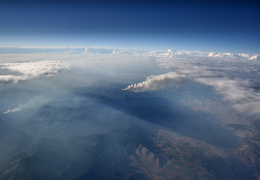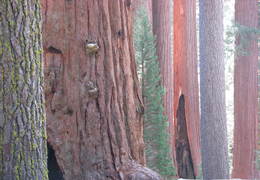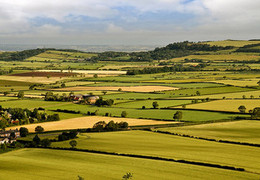MC2 Potential Natural Vegetation
- /ecoregions/
Now Showing: 2006
-
Legend
- Barren
- Boreal Evergreen Needleleaf Forest
- Boreal Mixed Woodland
- Cool Needleleaf Forest
- Maritime Evergreen Needleleaf Forest
- Subalpine
- Subtropical Desert
- Subtropical Evergreen Broadleaf Forest
- Subtropical Evergreen Broadleaf Woodland
- Subtropical Grassland
- Subtropical Mixed Forest
- Subtropical Mixed Woodland
- Subtropical Shrubland
- Taiga Tundra
- Temperate Cool Mixed Forest
- Temperate Cool Mixed Woodland
- Temperate Deciduous Broadleaf Forest
- Temperate Deciduous Broadleaf Woodland
- Temperate Desert
- Temperate Evergreen Needleleaf Forest
- Temperate Evergreen Needleleaf Woodland
- Temperate Grassland
- Temperate Shrubland
- Temperate Warm Mixed Forest
- Temperate Warm Mixed Woodland
- Tropical Deciduous Woodland
- Tropical Evergreen Broadleaf Forest
- Tropical Grassland
- Tropical Savanna
- Tropical Shrubland
- Tundra
- Undefined
- Help
- Disclaimer
Instructions
Select from available options to download raster data in GeoTIFF format. The full raster extent can be subset in one of three ways from the Extent button on the map.
- Select an ecoregion boundary
- Draw a rectangular extent
- Upload a vector data set
When uploading a file or selecting an ecoregion the raster data will be masked outside of the polygon boundary.
Understanding Uncertainty
Uncertainties that exist in the data products are the results of the estimation and projection methods used for the assessment. Major sources of uncertainties for baseline (1992-2005) data products include assumptions made in structure and parameterization of specific methods and models used in the assessment, relations and integration of these methods and models, and input data availability and quality. The use of land- and climate-change scenarios in the assessment, as part of the carbon modeling, is an additional source of uncertainty for the projected (2006-2050) data products.
Because of the specific methods used in the assessment, the uncertainties are distributed both in temporal and spatial dimensions and they vary by product, location, and specific use. Along the temporal dimensions, mean values of baseline and projection years should be used instead of any given individual years. Along the spatial dimensions, data aggregated to the scale of ecoregions should be used instead of the individual pixels or over relatively small areas of the maps. In addition, the available multiple models and scenarios provide users with ranges of values for a given estimate, which may be used as a means of quantifying the spread of uncertainties.
Summary
Suggested Citation
Bachelet, D., K. Ferschweiler, T. Sheehan, B. Sleeter, Z. Zhu. 2015. Projected carbon stocks in the conterminous US with land use and variable fire regimes. Global Change Biology 21: 4548-4560.









